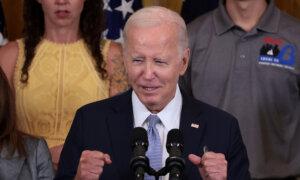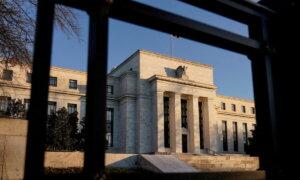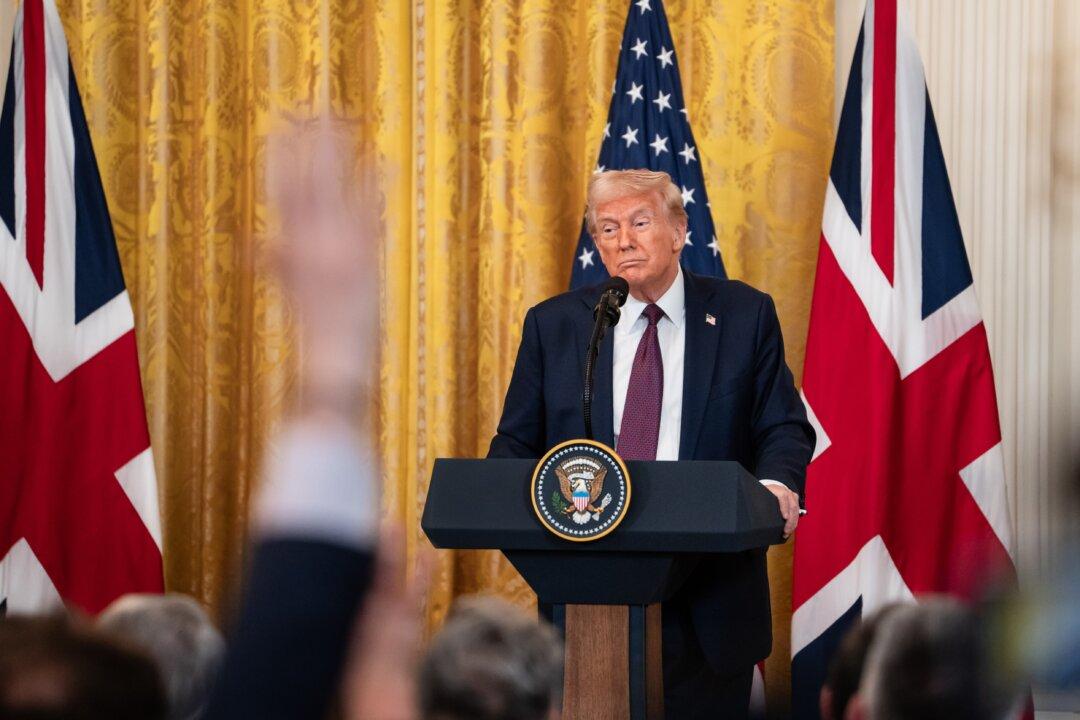Almost daily, there’s an interest rate panic in the markets and in the population in general. Look at the 10-year Treasury! It’s fully 5 percent! And have a look at mortgage rates at 8 percent! Have you seen credit card rates? They’re exceeding 20 percent! No one can afford to live this way.
Welcome to reality.
This is how things are supposed to work.
Indeed, we’re not even close to how things should be in real life, given underlying fundamentals. In real terms (adjusted for inflation), interest rates are right now running about average from the record over 70 years. And this is causing meltdowns!

The problem is that we haven’t lived in the real world for the better part of 17 years, since the supposedly brilliant Nobel laureate Ben Bernanke decided to “solve” the housing crisis by artificially lowering interest rates to zero. The Federal Reserve kept them there for a decade and a half, then flooded the economy with so much money that it set off old-fashioned inflation.
At the time, I was personally astonished that this was happening. Did he think that it would magically bring recovery by eradicating natural and economic law? Japan had already tried this for a decade in the 1990s, and the attempt brought prolonged stagnation. I figured that would be the end of this nonsense. But no: Mr. Bernanke decided to try it again, despite all the evidence.
The experience wrecked a generation. This pertains to businesspeople, heads of households, students, and everyone who interacts with the financial and banking systems in any way, which is basically everyone.
Zero interest rates are an illusion. It’s trickery. It’s a denial of natural law, an attempt to eradicate reality and replace it with fantasy, like the Joker tossing free money into crowds. It led people to believe that they could undertake a 30-year mortgage at zero cost, build a business without any sacrifice, and generally live off free money forever without ever forgoing consumption.
These times have taught us that if you can sustain a lie for a decade or more, it can take on the appearance of being true. Still, reality bites in the end.
What’s the raw reality? Zero rates aren’t real. That’s because interest rates are the premium that you pay for having something now that you can’t afford with present resources. You make an exchange with someone or some institution that does in fact have the present resources and which aren’t otherwise being used. Therefore, interest rates are the price of now versus later. It’s the price of the passage of time, an exchange between those who are willing to wait and those who are unwilling to wait.
And there’s nothing wrong with that. It’s the market at work. The interest rate is a kind of price. And prices need to fluctuate according to available resources. With regard to the loan markets, those resources are supposed to be what’s saved out of present consumption. If the interest rate becomes a lie—regardless of whether it’s for the overnight bond or the 30-year mortgage—you end up distorting the signs and symbols of reality itself.
Why should we be happy about high interest rates? Because they express the underlying realities that there aren’t enough saved resources, a pool of savings, to support zero or low rates right now. We haven’t, as a society, made the necessary sacrifices to enable anyone to borrow at low rates. They need to be high to properly allocate an accurate presentation of what is saved and what isn’t.
There’s another blessing to high rates. They grant a reward to those who are thrifty and have deferred today’s consumption for the future. Society and a growing economy need that, and desperately. That’s how we built modern life, vast cities, and a beautiful world of prosperity. High interest rates reward good character. Not to get too moralizing about it, but thrift is a good thing, whereas profligacy is associated with bad character.
A market for finance that’s free of interference is thoroughly consistent with good moral and cultural values. A market that’s distorted by a central bank ruins not only economic structures but the human personality itself.
The other day—and I don’t remember the details—I ran into a businessperson who talked about building a great enterprise without a single business loan. I thought, my goodness, wow, that would be unthinkable today. But is it really? What precisely is wrong with going without, based on the vision of a better life for you and your family and community? Why is it that we associate enterprise with massive leverage?
Maybe it’s time to rethink this whole model. It worked so long as the borrowed money was nearly costless and profits far ahead. But that equation isn’t working out so well today.
The same is true for individuals. Do you know any graduate today who says: “I’m so happy that I took out those huge loans for school because they enabled me to have an awesome job and I’m thrilled to pay out now for all that it made possible. I made all the right choices!”
Maybe you know someone who says this, but I’ve personally never heard those words.
We desperately need a financial system that rewards savers and discourages too much leverage. Like everything, there’s a time and place for borrowers and loans, but they must be priced according to market standards, or else you end up wrecking people’s perceptions of what’s possible.
In 1912, the economist Ludwig von Mises predicted that if the United States adopted a German-style central bank, it would face enormous pressure from the government to keep interest rates endlessly low and hence wreck production structures and create business cycles. He was precisely right about this. That’s what happened, and inflation along with it.
The shock and alarm of realistic rates today—and they’re positive in real terms—was made necessary because the central bank was dealing with the consequences of its own actions. The alternative was actually hyperinflation. There are no good options once the central bank goes nuts.
I get that many people are suffering from this new policy, and I’m not unsympathetic. People are trapped in their plywood palaces, afraid to sell because then they'd have to buy again. And today, renting is vastly cheaper than buying housing on credit. That’s true for most things today.
The monetary spigots over a decade and a half toyed with everyone’s brains.
Times have changed. Save all you can. The rainy day is here.







